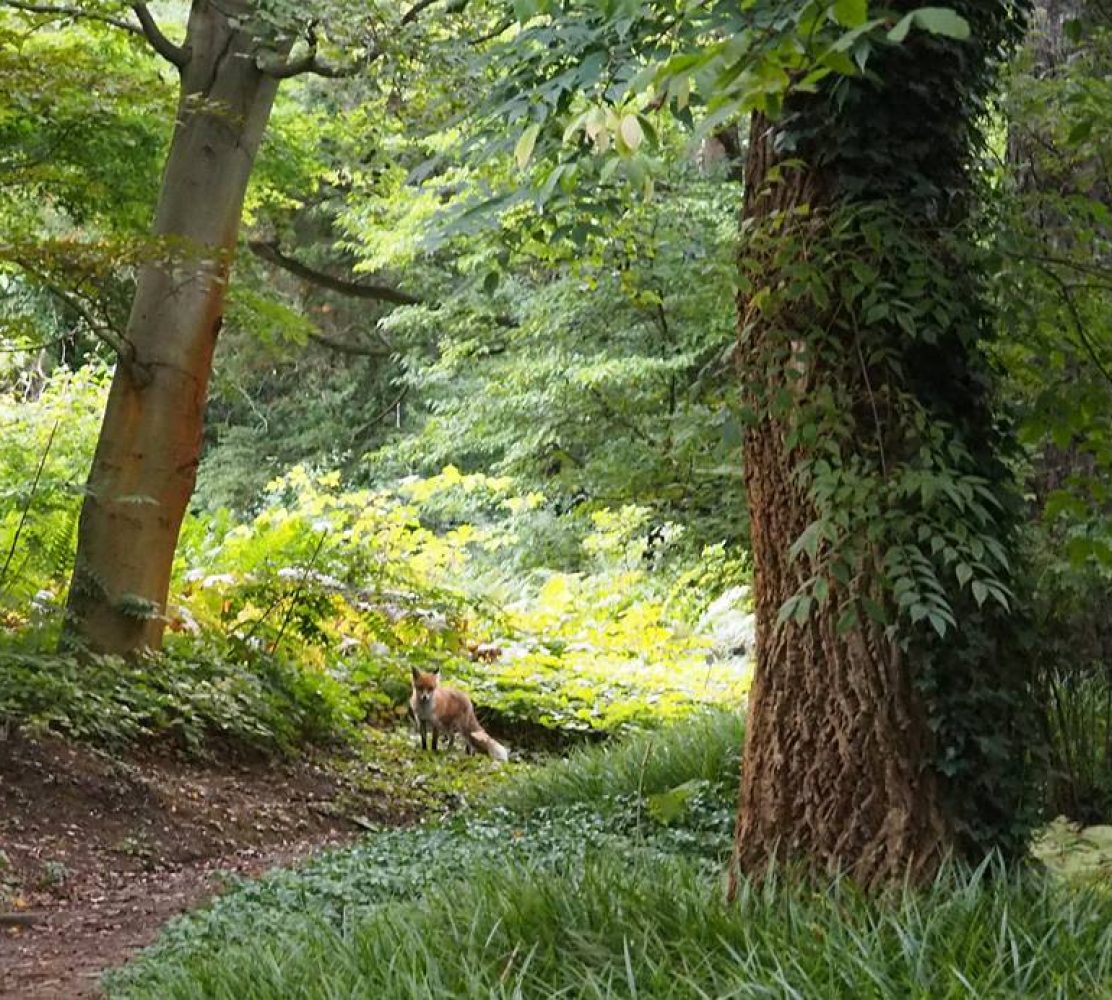Approximately 90km from Berlin lies the Seelow Heights, where the last major defensive line outside of Berlin was situated towards the end of World War II. This area of countryside, woods and villages lies near today’s border of Germany and Poland, near the Oder and Neisse rivers. From the 16-19 April 1945, a battle was fought for passage to Berlin between 1 million Soviet soldiers of the 1st Belorussian front and 110 000 German soldiers. Between 20 000 -70 000 Soviet soldiers (according to different sources) and 12 000 German soldiers were killed, and victory was taken by the Soviets, leaving the road to Berlin open from the 19th April. By the 23rd April, Berlin was surrounded and the final Battle of Berlin began. It is estimated that more than 1 million German soldiers were killed as well as 100 000 civilians and 300 000 Soviet soldiers, and that approximately 100 000 women were raped. Within 2 weeks, Berlin was taken, Hitler committed suicide and World War II had come to an end. Continue reading
Month: October 2015
Weekly Photo Challenge – Extra(ordinary)
In a forest, there must be millions of leaves. The great thing about autumn in Germany (and many other parts of the world) is that Nature takes a paintbrush to them and creates many unique, extraordinary works of art.
Here are some leaves I found on earlier occasions.
Festival of Lights 2015, Berlin
Every year in Berlin, just after the first golden phase of autumn with sunny days and blue skies starts changing into mistier weather with bitingly cold nights, the Festival of Lights comes along to illuminate the city. Traditionally we always ride our bikes around the city to check out some of the illuminated landmarks; every year I forget how cold it was the year before! But it’s worth it as this way you can ride easily from one spot to another. We took a route starting at Alexanderplatz and rode to the Dom, Gendarmenmarkt, Potsdamerplatz, Brandenburger Tor (Brandenburg gate) and finally to the Siegersaule (Victory column). Here are some photos. Continue reading
Namib-Naukluft National Park
My father is from Namibia, a vast country to the north of South Africa, on the west coast of Africa. This country has miles of open space and desert landscapes, and is one of the least populated countries in the world, with a population of 2.54 per square kilometer.
We used to drive from Cape Town to Namibia during the school holidays to stay with relatives, and when I was a kid the scenery on the highway through the car window seemed endlessly unchanging. From far away, the mountains and koppies (little hills) looked dry and barren. However, go deeper into the Naukluft mountains of the Namib-Naukluft national park and you will find a beautiful world of kloofs (ravines), emerald springs, shaded riversides scented by wild mint, cathedral-like limestone formations, and evidence of animal life all around. This world is evocatively described in the book “The Sheltering desert” by Henno Martin, one of two German geologists who took refuge in the Namib desert to avoid being conscripted into the Germany army during the second world war. Continue reading
Middle Europe Weekly Small Pleasures #11 – early Autumn

It’s been busy lately so I think I last updated this Small Weekly Pleasures post two weeks ago and not one, but better late than never, so here are some of my favourite moments from the last week or two 🙂







